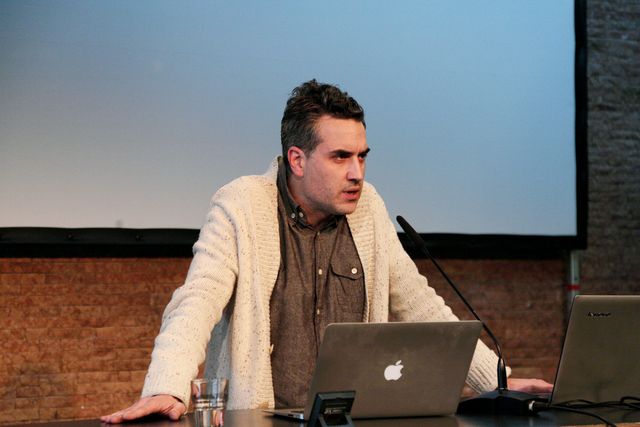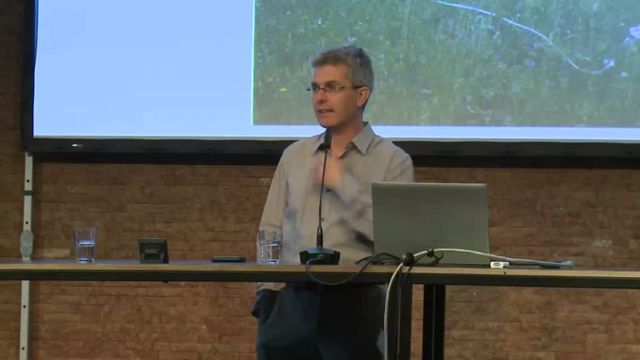Model

Statements by Christoph Küffer (Environmental Systems Science, ETH Zurich), Sabine Höhler (Science and Technology Studies, KTH Royal Institute of Technology, Stockholm), Caleb Waldorf (artist, Berlin). Discussion moderated by Christoph Rosol.
The Anthropocene would practically be nothing without models. Though possessing a wide range of practical meanings — from physical scale models and replicas, to quantitative or descriptive models of collective behavior, to numerical models of climate — models are the heuristic backbone of our knowledge about systems and change, cause and effect, physical interdependencies, and the processes that interconnect entities. Hence, models (together with their Siamese twin: data) play a central role in the natural and social sciences, technical crafts and engineering, urbanism and architecture. It is therefore only logical that they also take on a role in virtually every seminar of the Curriculum.
A model usually has a practical purpose and is tailored for type-dependent problem solving, thus involving a reliance on highly specialized skills (for example, mathematical treatment, prototype construction, concept composition). They don’t hold – and don’t pretend to hold – universal truth. Generally speaking, models are characterized by simplification, abstraction, and mimesis. Their aim is to be robust. Models provide an approximate understanding and are a solid basis for planning and informed decision making, through modes of representing, visualizing, simulating, or experimenting with (data) objects, processes, risks, and so forth.

